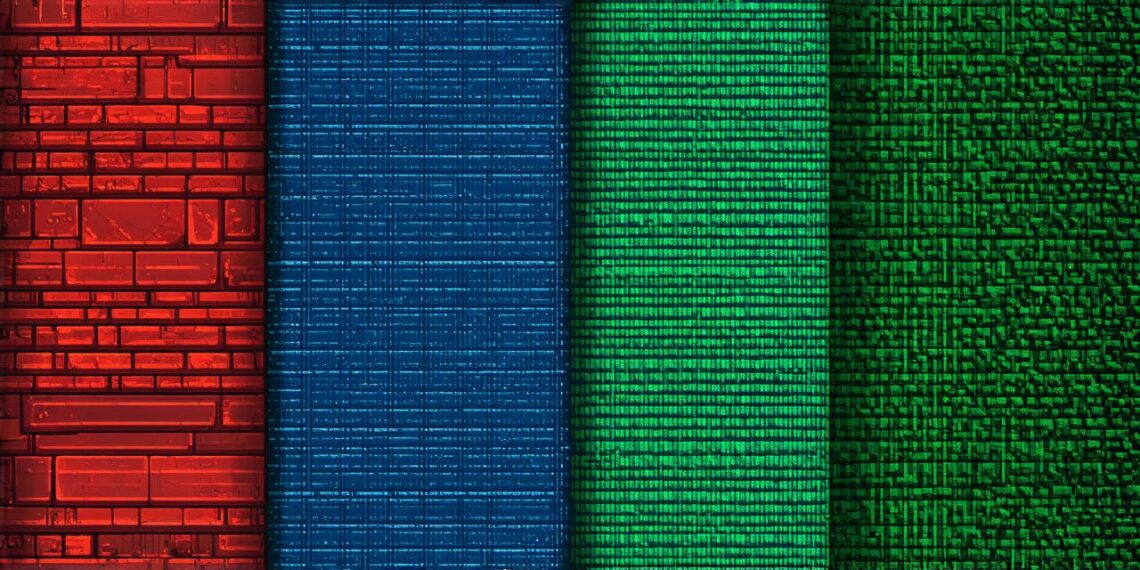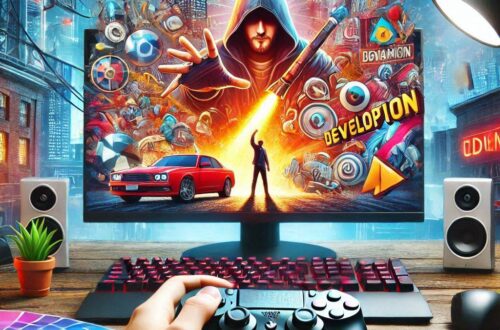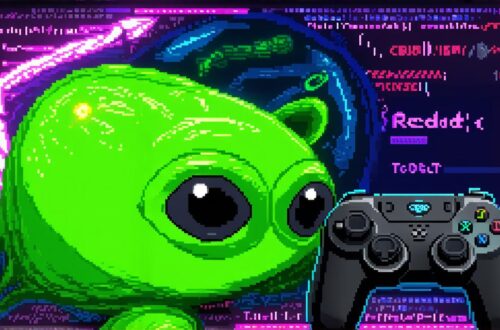Game designers play a crucial role in game development teams. They are responsible for creating the vision and direction of the game, as well as ensuring that it remains engaging and fun for players. In this article, we will explore the main role of a game designer in a game development team, including their responsibilities, skills, and challenges.
Responsibilities of Game Designers
Game designers are responsible for creating the game’s concept, mechanics, rules, levels, and characters. They also work with other members of the game development team to ensure that the game is balanced, challenging, and fun to play. Additionally, they may be responsible for conducting market research to determine what players want and need in a game.
Skills Required by Game Designers
Game designers must have strong problem-solving skills, creativity, attention to detail, and the ability to communicate their ideas effectively. They must also have a deep understanding of game mechanics, programming, and art design. In addition, game designers should be able to work well in a team environment and collaborate with other members of the game development team.

Challenges Faced by Game Designers
Game designers face many challenges, including balancing the game’s mechanics and rules, ensuring that it remains challenging and engaging for players, and meeting the needs of the target audience. They also must work with other members of the game development team to ensure that the game is delivered on time and within budget.
Case Study: The Creation of Super Mario Bros.
One of the most iconic games in history, Super Mario Bros., was created by Shigeru Miyamoto. Miyamoto’s main role in the game’s development was to create the concept and mechanics of the game. He worked closely with other members of the game development team, including programmers and artists, to ensure that the game was balanced, challenging, and fun to play.
Miyamoto’s creativity and problem-solving skills were crucial in the development of Super Mario Bros. He came up with the idea of a plumber character who could jump over obstacles and collect coins. He also designed the levels, which featured unique challenges such as Goombas and Koopas.
Conclusion
In conclusion, game designers play a crucial role in game development teams. They are responsible for creating the game’s concept, mechanics, rules, levels, and characters. Game designers must have strong problem-solving skills, creativity, attention to detail, and the ability to communicate their ideas effectively. They also face many challenges, including balancing the game’s mechanics and rules, ensuring that it remains challenging and engaging for players, and meeting the needs of the target audience. By understanding the main role of a game designer in a game development team, we can better appreciate the importance of this critical position.
FAQs
1. What is the main role of a game designer in a game development team?
The main role of a game designer in a game development team is to create the game’s concept, mechanics, rules, levels, and characters. They are also responsible for ensuring that the game is balanced, challenging, and fun to play.
2. What skills are required by game designers?
Game designers must have strong problem-solving skills, creativity, attention to detail, and the ability to communicate their ideas effectively. They should also have a deep understanding of game mechanics, programming, and art design.
3. What challenges do game designers face?
Game designers face many challenges, including balancing the game’s mechanics and rules, ensuring that it remains challenging and engaging for players, and meeting the needs of the target audience. They also must work with other members of the game development team to ensure that the game is delivered on time and within budget.





